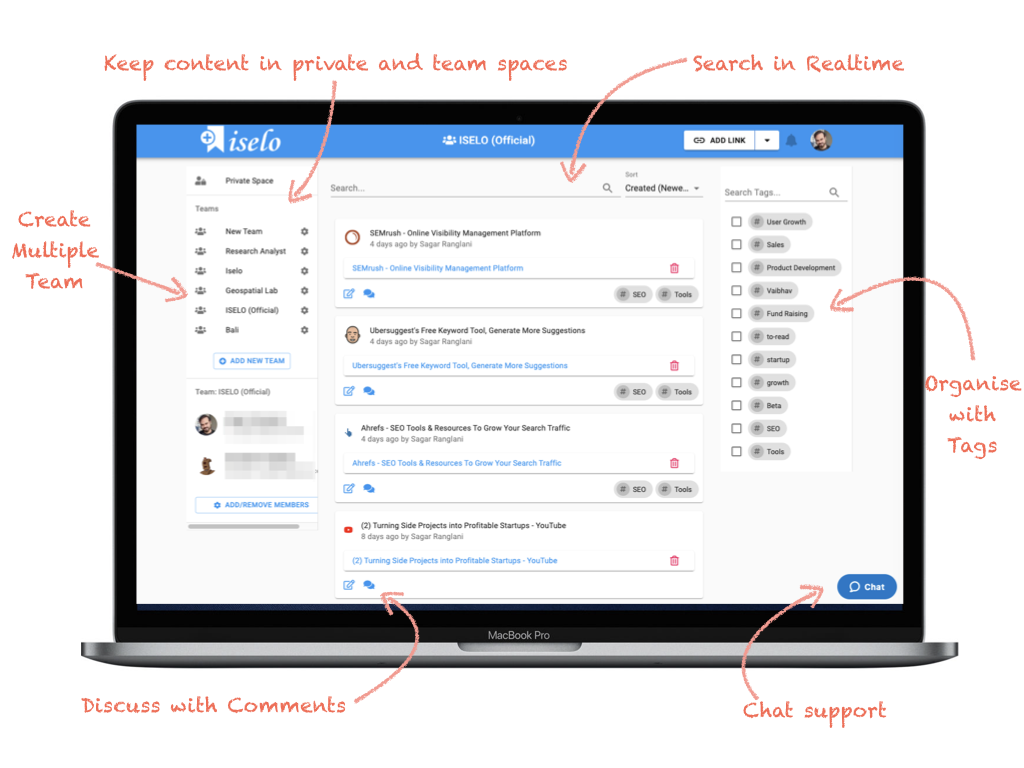

In settings, you can configure the file name utilizing the date in some way, specify a location, add a template using the Core Templates plugin, or the Templater community plugin, which I use.Įach day, I create a new note to start the day. You can also create daily notes in Obsidianĭaily Notes are single markdown files created each day. So If you have used Notion in the past you know about dashboards and different views like Gallery View and Board View, Now with the help of dataview plugin in obsidian you can create these views and Dashboards right in Obsidian. Obsidian uses a note-taking method called Zettelkasten, also known as the slip-box system is an open-ended process of writing, learning, and thinking invented by Niklas Luhmann, it is basically a slip box or a collection of many individual notes with meta-data (like tags or links) that connect them together. You can turn a collection of plain text into a network of linked data in short words Obsidian wants to be your Second Brain. On other hand Obsidian is a note-taking and knowledge management app. Notion was designed to be an all in one workspace for your notes ,databases ,tasks ,daily log and much more. Over the last few years, Notion and the idea of a Second Brain has gained popularity. It’s also possible to open notes directly in a browser and do millions of other things that I can’t cover here. You can also add new notes on the fly.Īnother thing that I absolutely love about this app is that it uses local storage so you can store all your notes directly on your computer which is unlike any other app you get privacy for your own notes any you don't have to worry about the future If Obsidian get shut down for any reason you have your own notes which you can open in any text editor. This graph is a linkable and searchable knowledge database where each node is made of someone’s notes, tweets, articles, Journal, Daily Notes or whatever you want… As long as you have your content in a Markdown format, you can add it to your database. But how you do it looks like something straight from the science-fiction movie. You can still add notes on the fly, add keywords, hashtags, categories, link and unlink pages in any way you like.

Obsidian is not your typical note-taking productivity app.

But I spent a few weeks exploring existing Obsidian knowledge bases and even creating my own using my DEV articles and the stuff I read on the Internet and I have to tell you - the future is here. Does it sound like something from the future? Yes, kind of.
Building a second brain app list free#
Obsidian is a free application that offers you to back up all your knowledge. But there’s not much said about its use outside of the academe. Note-taking and personal knowledge management get talked about in academic circles, by both students and teachers.


 0 kommentar(er)
0 kommentar(er)
